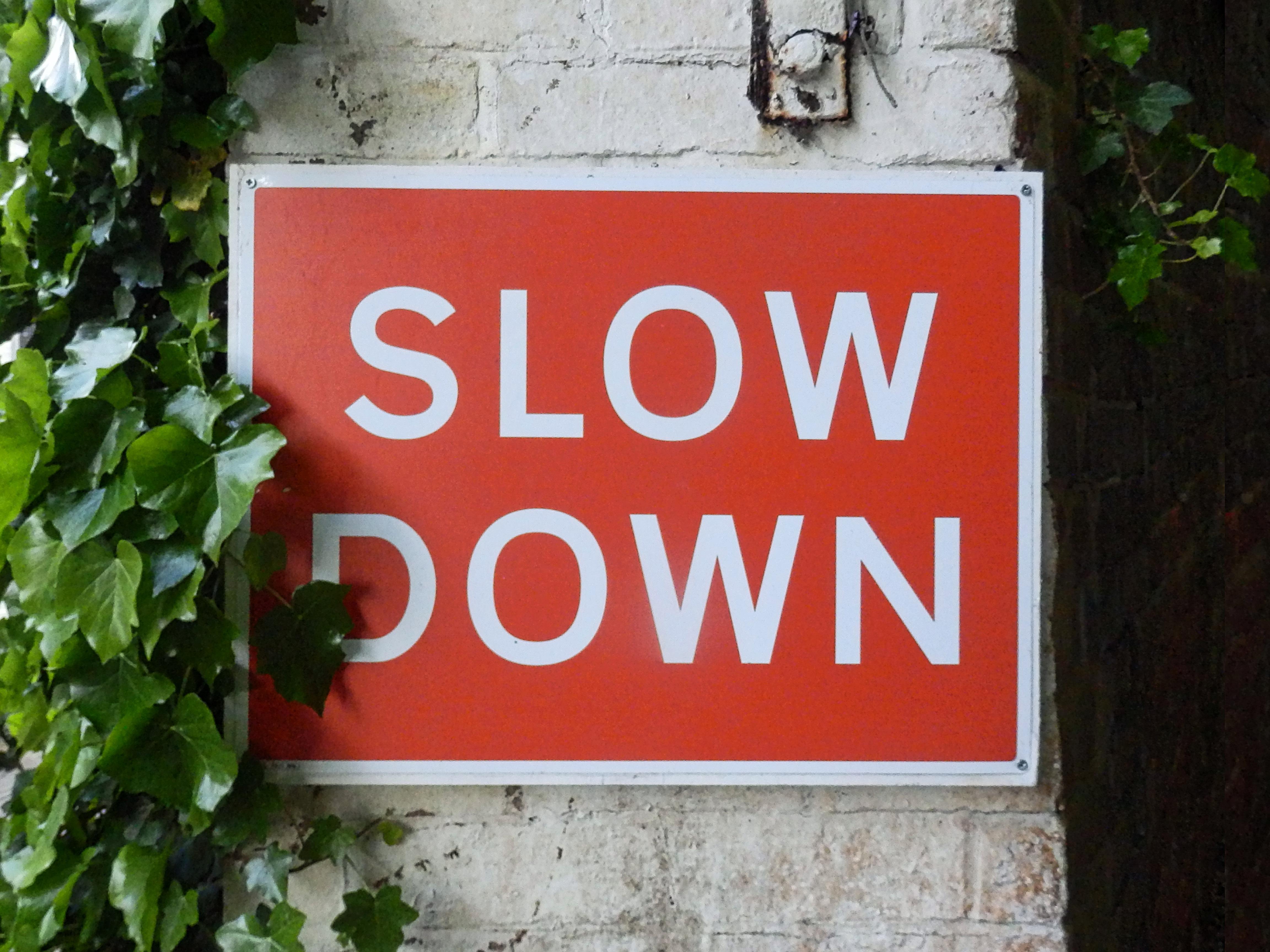
05 Oct Are junk bonds right for your portfolio?
Photo: quicksandala/morguefile.comQ. If a junk bond is more risky, how can I decide if it’s worth buying?
— Investor
A. Junk bonds, also called high-yield bonds, are technically the same as any other bond.
Bonds are essentially an IOU from a corporation or organization. The IOU states the amount it will pay you back, the date it will pay you back and the interest it will pay you on the borrowed money, said Alan Meckler, a certified financial planner with Cornerstone Financial Group in Succasunna.
He said junk bonds differ because of their issuers’ credit quality. All bonds are characterized according to this credit quality: AAA for bonds least likely to default down to D for bonds that default.
So-called investment grade bonds are issued by low- to medium-risk lenders, Meckler said.
“A bond rating on investment grade debt usually ranges from AAA to BBB by Standard & Poor’s,” he said. “Investment grade bonds might not offer huge returns, but the risk of the borrower defaulting on interest payments is much smaller.”
Then there are junk bonds, which pay high yield to bondholders because the borrowers don’t have any other option, Meckler said.
“Their credit ratings are less than pristine, making it difficult for them to acquire capital at an inexpensive cost,” he said. “Junk bonds are typically rated ‘BB’ or lower by Standard & Poor’s and ‘Ba’ or lower by Moody’s. The Moody’s scale ranges from a high of Aaa, Aa, A, Baa, Ba, B, Caa, Ca, to C, being the lowest level.”
Meckler said you should think of a bond rating as the report card for a company’s credit rating.
Blue-chip firms, nationally recognized, well-established and financially sound companies that provide a safer investment have a high rating, while risky companies have a low rating, he said. Although junk bonds pay high yields, they also carry higher-than-average risk that the company will default on the bond.
Meckler said you need to know a few things before you buy junk bonds.
“The most obvious is that junk bonds are high risk,” he said. “With this type of bond, you risk the chance that you will never get your money back.”
He said this market is overwhelmingly dominated by institutional investors, and most individuals who want to participate will purchase a junk bond mutual fund.
“For many individual investors, using a high-yield bond fund makes a lot of sense,” Meckler said. “Not only do these funds allow you to take advantage of professionals who spend their entire day researching junk bonds, but these funds may also lower your risk by diversifying your investments across different asset types.”
Diversification does not ensure a profit or protect against a loss in a declining market, he said.
Also, there comes a point in time when the rewards of junk bonds don’t justify the risks, he said.
He said you can determine this by looking at the yield spread between junk bonds and U.S. Treasuries.
“The yield on junk is historically 4 to 6 percent above Treasuries,” Meckler said. “If you notice the yield spread shrinking below 4 percent, then it probably isn’t the best time to invest in junk bonds because the rewards may not justify the risks.”
He said another item to look at is the default rate on junk bonds. An easy way to track this is by checking the Moody’s website.
“The final warning is that junk bonds are not much different than equities in that they follow boom and bust cycles,” he said. “The bottom line is despite their name, junk bonds can be valuable investments for informed investors. But their potential high returns come with the potential for high risk, including loss of your initial investment.”
Email your questions to Ask@NJMoneyHelp.com.
This post was first published in October 2016.
NJMoneyHelp.com presents certain general financial planning principles and advice, but should never be viewed as a substitute for obtaining advice from a personal professional advisor who understands your unique individual circumstances.
